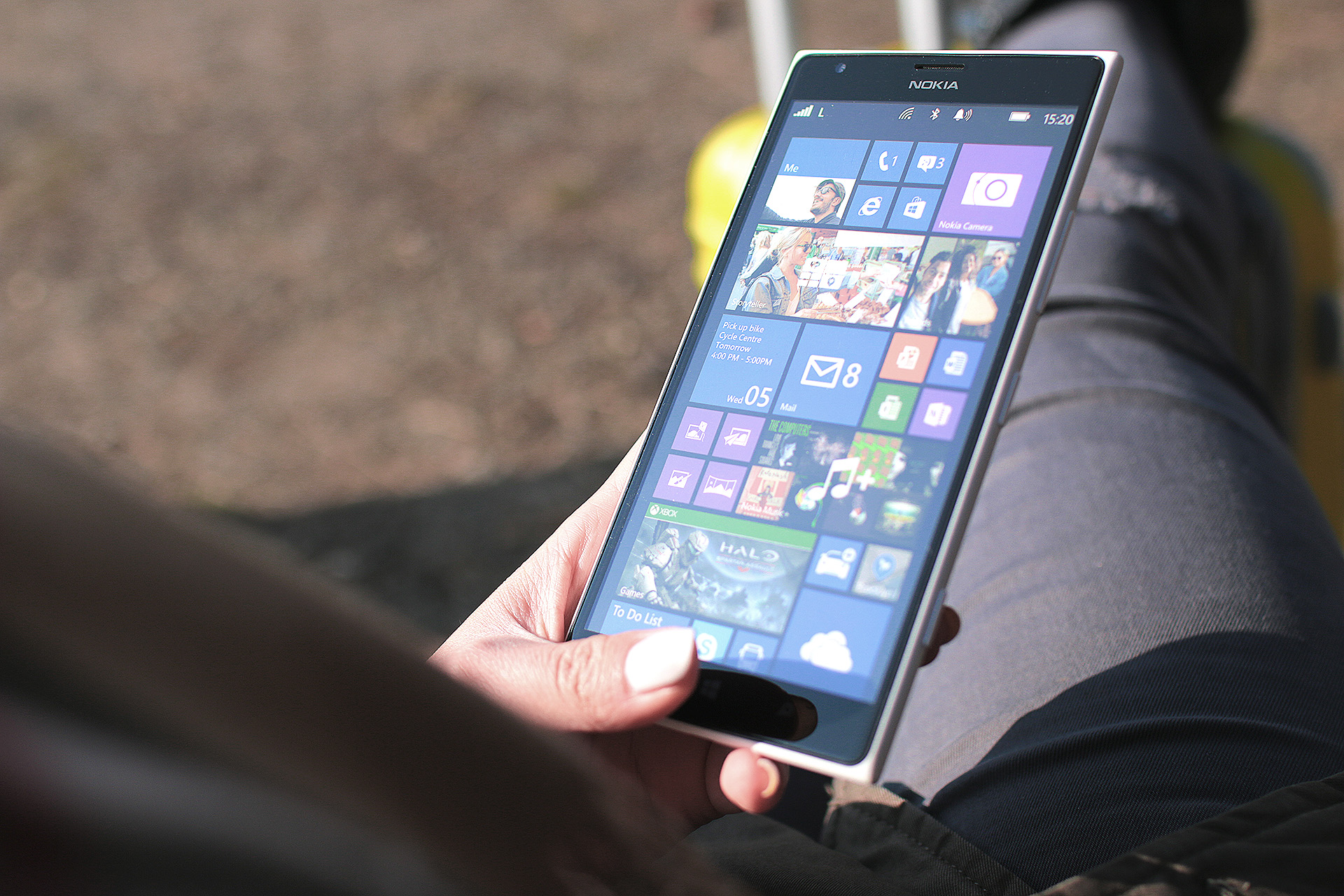Smartphones make their owners feel “productive” and “happy.” That was one of the takeaways from PEW Research Center‘s annual Smartphone usage report. While many reported positive experiences with their smartphone, it isn’t all rosy. Of those surveyed, 57% of smartphone say their smartphones make them feel “distracted,” and 36% expressed feeling “frustrated” by their smartphone encounter.
What’s the Demo of the Smartphone-dependent?
The report analyzes the sector of the American public who rely on smartphones as their only means of regularly accessing the Internet. These “smartphone dependent Americans” tend to be young from lower incomes and education and also non-whites.
Additionally, smartphone-dependent users are less likely to have a bank account and to have health insurance. They also are more likely to rent rather than own a home.
They also know the pain of getting cut off. Researchers found that close to half of smartphone-dependent users had to cancel their cell phone service for a period of time because of financial hardship.
As can be expected this group of smartphone-dependent people also max out on their data plans. The survey found that 30% of smartphone-dependent Americans reach the maximum data amount allowed on their plans.
Almost 2/3 of Americans or 64% today own smartphones,, an increase from 35% in 2011. However, for some, it is a lifeline as well. The report found that 10% of Americans own a smartphone but do not have broadband at home. It also noted that 15% of Americans own a smartphone; but have limited number of online-options besides their cell phone.
People still call?
The report showed how integral mobile devices are to Americans’ daily lives, especially for young adults. Interestingly, while texting is a prevalent feature for young adults, they still use their smartphones for basic calling, the report noted.
The report found that close to 100% of smartphone owners use text messaging, by far the most predominant feature of the device.
However, email remains a prominent activity in the smartphone era. Some 88% of smartphone owners used email.
What else are people using their phones for?
Another interesting fact from the report is that lower-income smartphone owners use their phone during a job search the most frequently. Households that earn less than $30,000 annually are nearly twice as likely to use their phones for this purpose as households that earn $75,000 or more annually.
But the smartphone-dependent are using their devices for a lot of life planning and daily functions too:
- The report found that 62% of smartphone owners use their phone to access information about a health condition;
- 57% of smartphone owners use their phone to do online banking;
- 44% use their phone to look up real estate listings; and
- 43% to access job information.
- Notably, three-quarters of younger owners rely upon their phone to access information about a health condition.
- A majority of owners use their phone to track breaking news, provide driving directions, and assist with public transit. These behaviors span diverse age groups. 40% of smartphone owners ages 65 and older use their phone to keep up with the news.
Smartphones help their owners get to their destinations: 67% use their phone for “turn-by-turn navigation,” and 25% use their phone to gather public transit information. There is a racial divide there too. The report also noted that African Americans and Latinos access public transit information at higher rates than Whites.
The depth of information show the importance of increasing broadband in the home. It also draws attention to the need for flexibility in pricing plans and options to empower the smartphone dependent to be able to stay connected to the device that provides so much utility and resource to them.
READ MORE: http://www.pewinternet.org/2015/04/01/us-smartphone-use-in-2015/
Jay Jay Ghatt is also editor at Techyaya.com, founder of the JayJayGhatt.com and JayJayGhatt.com where she teaches online creators how to navigate digital entrepreneurship and offers Do-It-For-You Blogging Service. She manages her lifestyle sites BellyitchBlog, Jenebaspeaks and JJBraids.com and is the founder of BlackWomenTech.com 200 Black Women in Tech On Twitter. Her biz podcast 10 Minute Podcast is available on iTunes and Player.fm. Follow her on Twitter at @Jenebaspeaks. Buy her templates over at her legal and business templates on Etsy shop!



